Skin flora refers to the entirety of all microorganisms that naturally colonize our skin and are not carcinogenic (pathogenic). These include bacteria and fungi in particular.
A healthy microbiome maintains the skin’s natural acid mantle. Our skin flora thus protects us against the penetration of dangerous germs and infections.
In this article, we explain what the microbiome actually is, what functions it fulfills and how you can strengthen your skin flora.
The skin ecosystem
The microbiome of the skin flora
How can I strengthen the skin flora?
What happens when the skin gets out of balance?
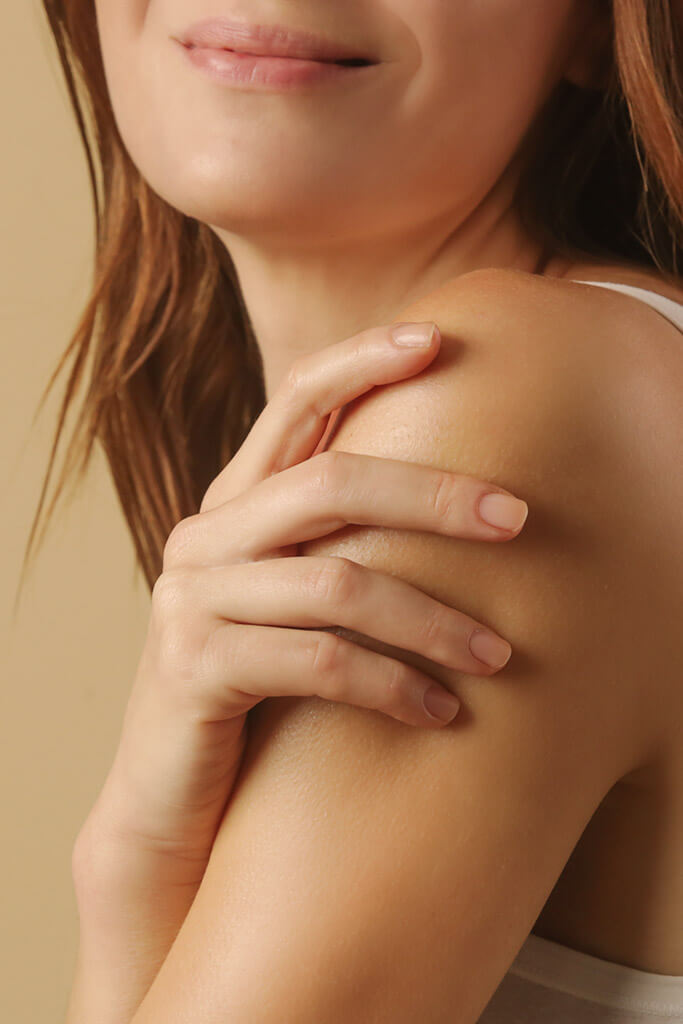
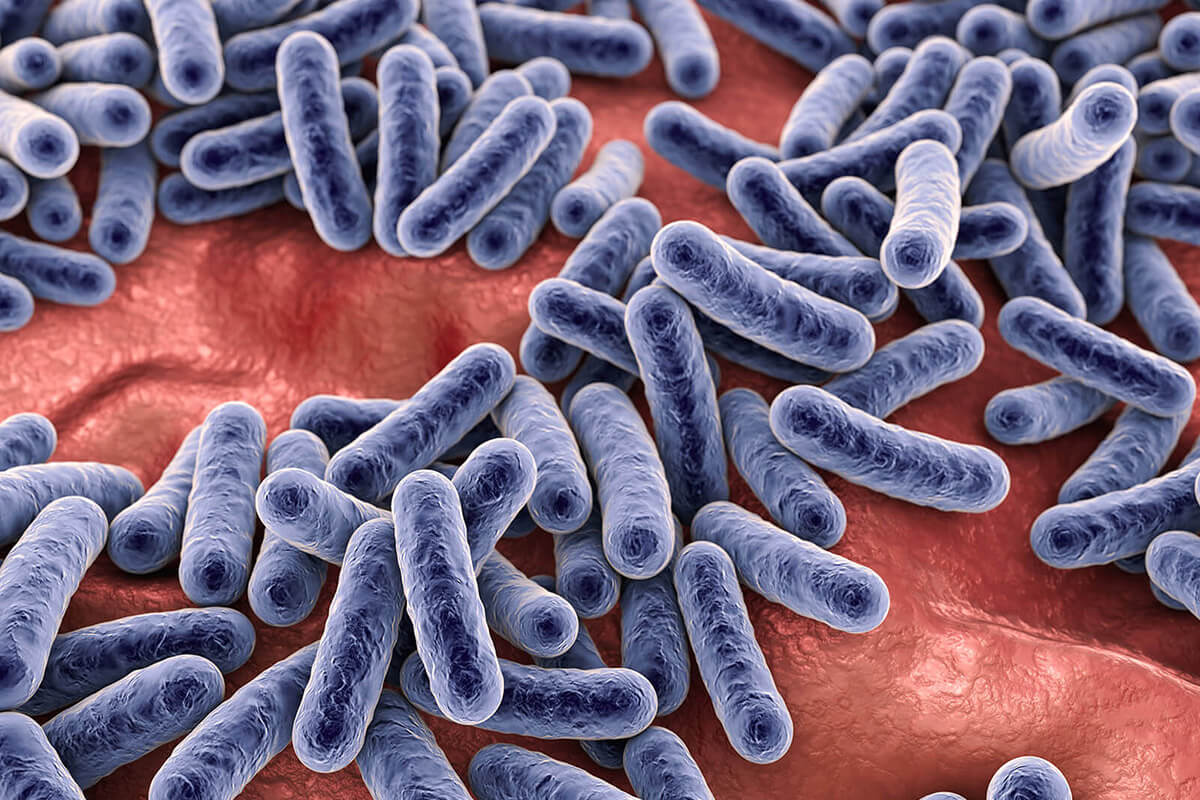
The resident flora is formed by various microorganisms. These are located in the horny layer and the ducts of the sebaceous glands and hair follicles of your skin.
It is also known as site flora and is an important part of your natural microbiome.
The resident flora serves as a kind of protective shield against non-resident germs. It keeps your “skin ecosystem” in balance. The resident flora protects your body from dangerous infections.
Many different bacteria are involved in this defense mechanism. These bacteria include, for example:
The sum of all the different microorganisms and bacteria on your body’s skin or in your body is called the microbiome.
Bacteria on the skin – Which microorganisms colonize the skin? The skin microbiome is similar to the microbiome in the gut, the intestinal flora, extremely diverse and above all individual.
Depending on the skin region, age and gender, genetic predisposition and environment, the type and density of germs can vary greatly.
The ratio is approx. 1:10. Depending on the body region, there are between 100 and 1 million microorganisms per cm². A total of around 1010 bacteria live on the surface of the skin.
In principle, both aerobic bacteria, which need oxygen to live, and anaerobic bacteria, which can multiply without the gas, live in your body.
In addition to the resident skin flora, which forms a protective barrier against dangerous pathogens, there is also transient skin flora.
This is made up of living microorganisms that only temporarily colonize the skin and can potentially cause disease. Typical pathogens are E. Coli and Staphylococcus aureus.
The microbiome serves as an important protective shield for your skin. It is responsible for maintaining the balance between “good” and “bad” bacteria to prevent dangerous pathogens from entering and causing infections.
In addition, the microorganisms regulate the pH value of your skin and thus contribute to a stable immune system.
The skin contains sweat and sebaceous glands that maintain a stable acid mantle. This protective acid mantle reduces the growth of pathogenic bacteria and fungi.
The outer horny layer, in which the resident skin flora is located, is particularly important here.
You not only owe it protection from pathogens. It is also an important protective shield against harmful external substances such as chemicals.
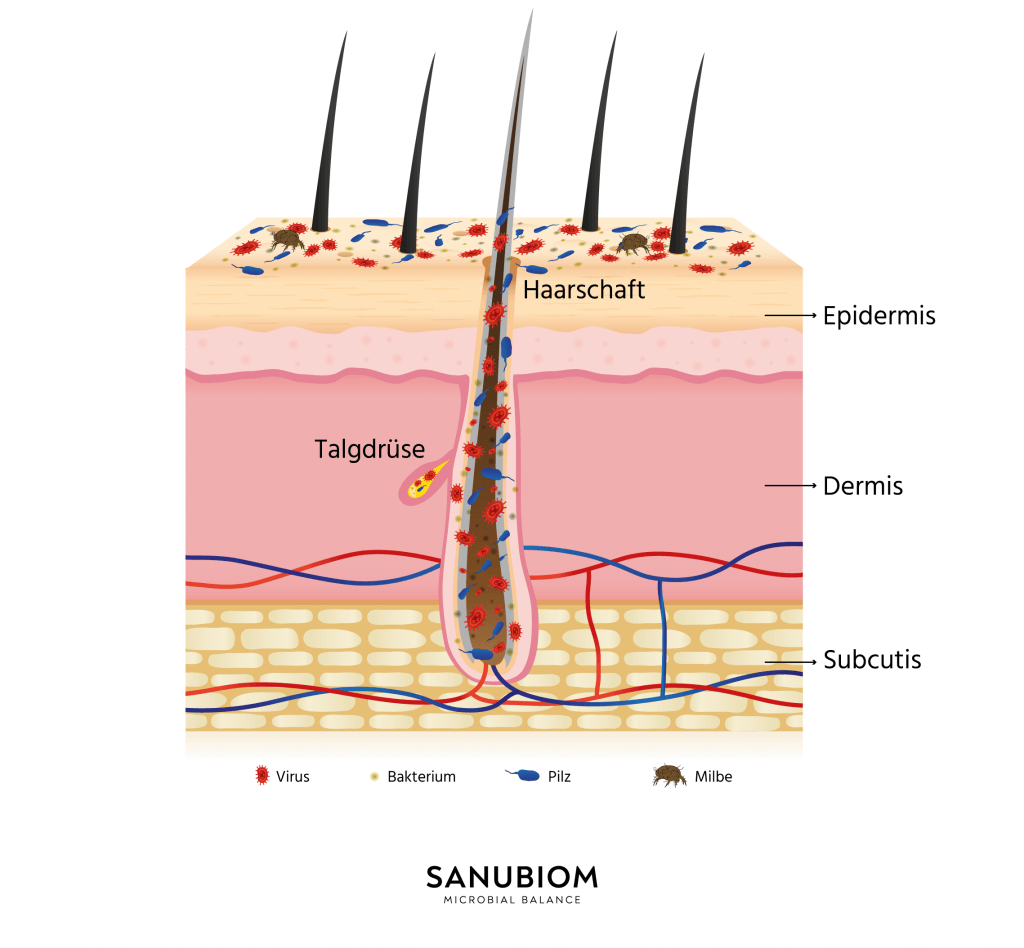
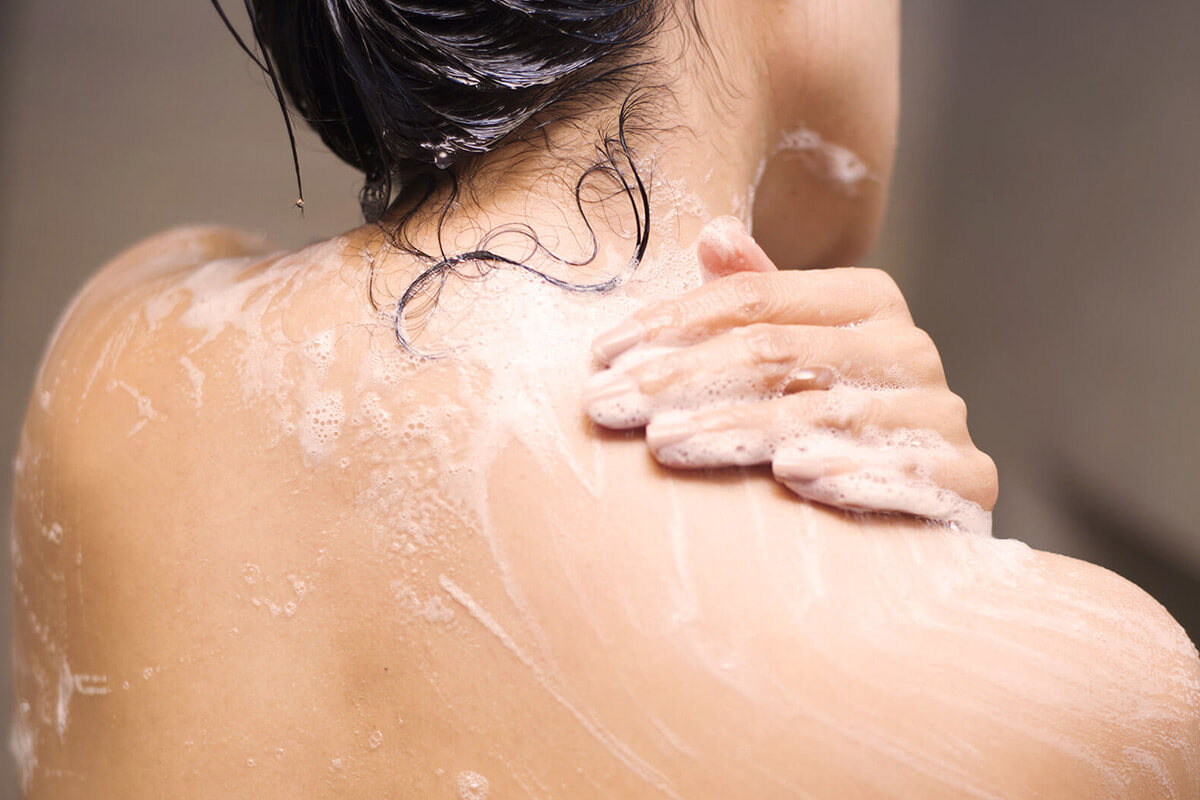
With a few adjustments to your everyday habits, you can easily boost your skin flora. Here are a few options.
Most people take a shower at least once a day. Water and, above all, aggressive shower gels can cause the skin to lose beneficial microorganisms. As a result, your skin’s own important protective layer is weakened.
As your skin microbiome can regenerate on its own in a few hours, this is not normally a problem.
However, in order not to change the skin’s natural pH value of 5.0, you should not overdo it in the shower.
Try to limit yourself to once a day and pamper your body with a mild , pH-neutral shower gel.
If you then apply a moisturizing lotion, your skin flora will thank you.
PH-neutral personal hygiene starts with the hands. Regular hand hygiene is essential to avoid giving dangerous pathogens a chance.
Also make sure you use a mild product when washing your hands to promote your skin’s natural acid mantle and avoid drying it out.
Probiotics are living microorganisms that are added to various dairy products such as yoghurt.
They can help to strengthen the skin’s protective shield and stabilize the bacterial balance by promoting the colonization of healthy bacteria.
In addition bacteriophages can be used to specifically combat bacteria.
The so-called bacteria eaters destroy bad bacteria that weaken the skin microbiome without attacking the beneficial microorganisms. Treatment with phages is therefore much gentler than antibiotics.
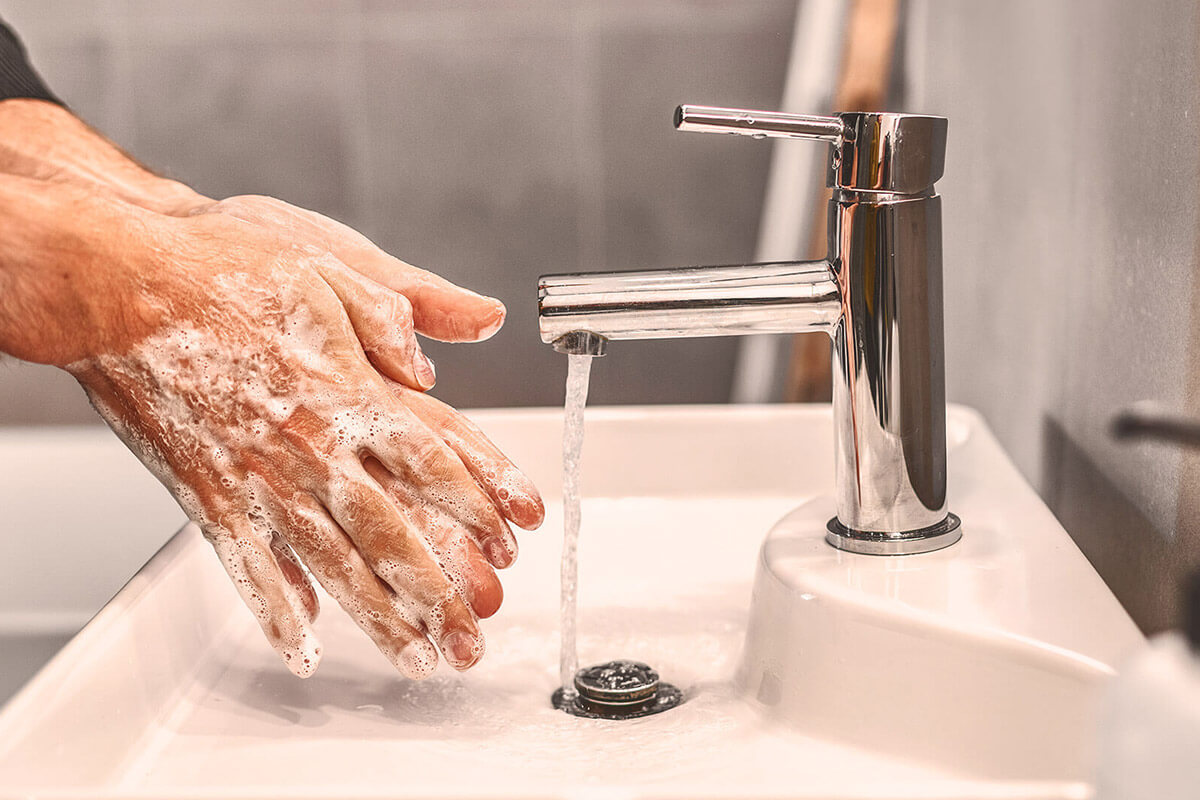

Are you often ill and many areas of your skin are dry and stressed? A glance at your eating habits is often enough.
With just a few adjustments you can bring your skin microbiome back into balance.
Everyday life is hectic and your schedule is full – what stresses you out also stresses your skin.
Try to take more time for yourself at mealtimes too. A healthy lunch that you have prepared in the evening tastes delicious and is good for your skin.
The basis of a healthy, stable skin barrier is a balanced skin microbiome.
If this is out of balance, the bad infectious microorganisms predominate and attack the natural protective layer.
This can result in redness, itching and unsightly rashes or even general skin conditions such as neurodermatitis, rosacea or acne.
If the microbiome is too weakened, this can even have an impact on your immune system.
So for the sake of your health, you should treat your skin with care and ensure a stable skin microbiome.
Author: Christian Unterlechner, Dipl.-Ing. (FH), MBA
“From our own experience with neurodermatitis – and the long path of suffering associated with skin conditions like this – we started to look for alternative solutions to drug treatments. We are very happy to share the knowledge and experience that has gone into the years of developing our SkinCare products with you.”
Share post